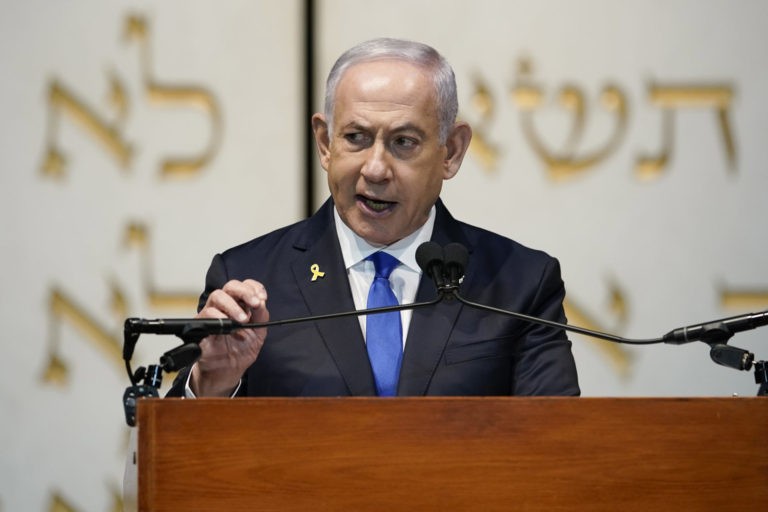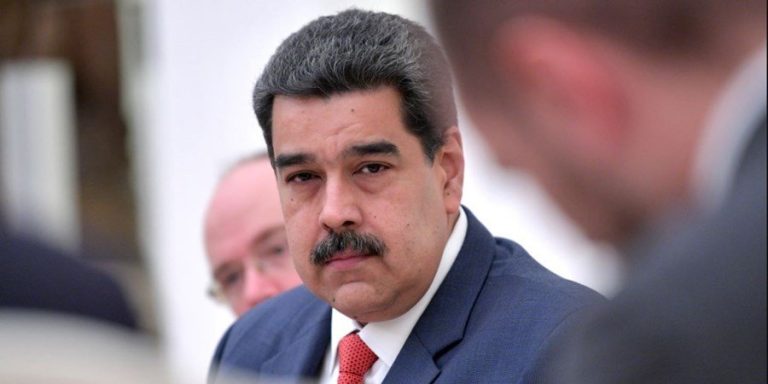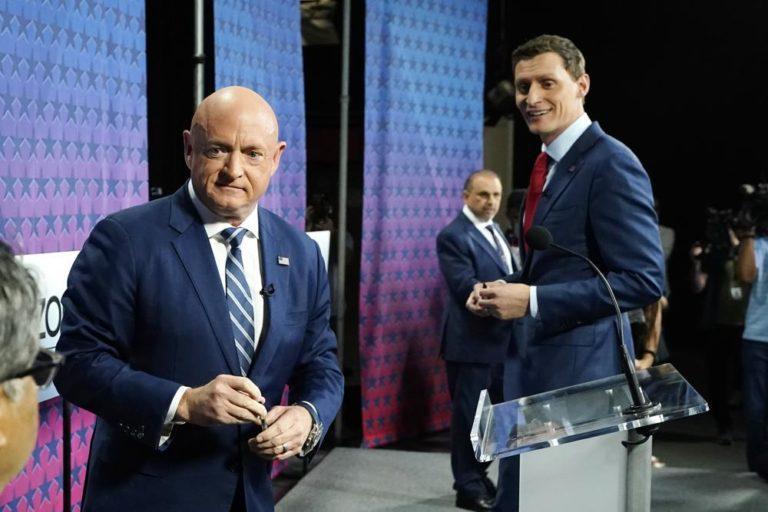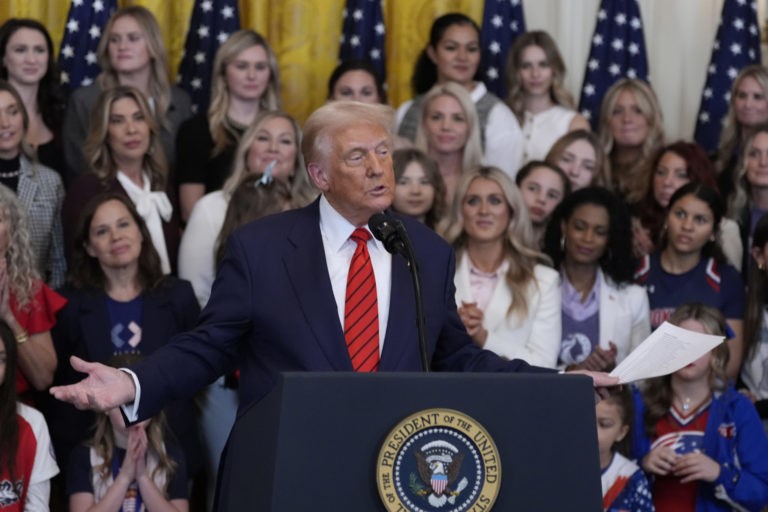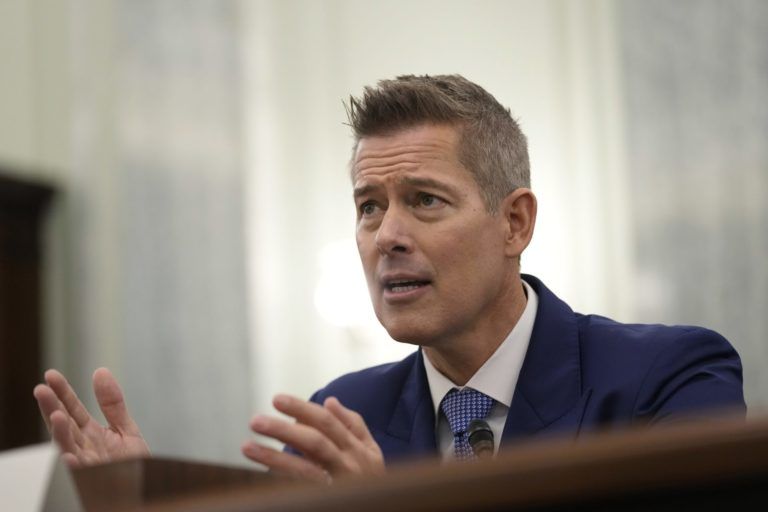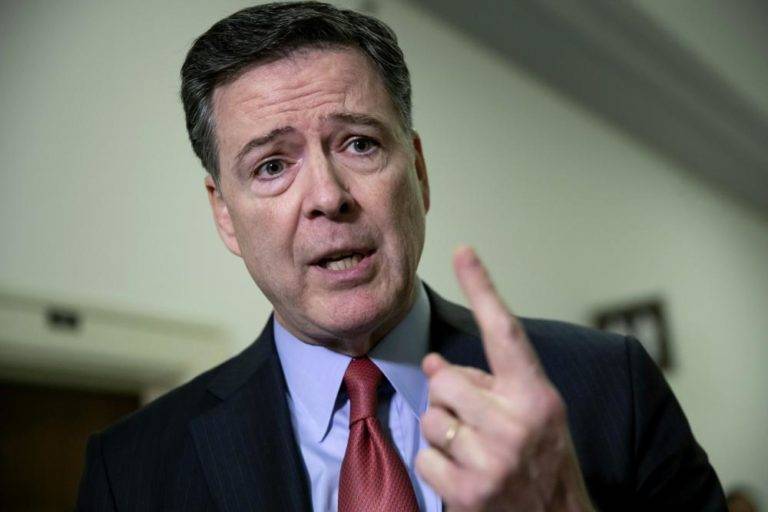(Dave DeCamp, Antiwar.com) Israeli Prime Minister Benjamin Netanyahu’s 2024 diary reveals that he spoke frequently with Sen. Lindsey Graham (R-SC), who was working at the time to ensure the US continued providing unconditional military aid to Israel to support its genocidal campaign in Gaza.
According to Haaretz, the diary, published by the Israeli non-profit Hatzlacha, shows that Netanyahu held seven meetings and nine phone calls with the South Carolina senator in 2024. What was discussed during the meetings and calls was not included in the diary, but one call, made on May 7, came one day before Graham grilled Biden administration officials at a Senate hearing about military aid to Israel.
At the time, the Biden administration had paused a bomb shipment to Israel over its attack on the southern Gaza city of Rafah, though the US ultimately supported the offensive. “If we stop weapons necessary to destroy the enemies of the State of Israel at a time of great peril, we will pay a price,” Graham said at the hearing. “This is obscene. It is absurd. Give Israel what they need to fight the war they can’t afford to lose.”
In one meeting that was made public, Netanyahu praised Graham for his support of Israel. “We have no better friend, and I mean it, than Senator Lindsey Graham,” Netanyahu said when hosting Graham at his office in Jerusalem on May 29, 2024. At the time, Graham was also working against efforts by the International Criminal Court (ICC) to seek an arrest warrant for Netanyahu over his role in war crimes in Gaza.
“This is one of the most challenging times for the State of Israel since its founding,” Graham told Netanyahu at the May 29 meeting. “There are so many problems and challenges to overcome, but one of the problems you never have to worry about is America. I promise you that we will do all we can, Mr. Prime Minister, to hold the ICC to account for this outrage against the people of Israel. To the International Court of Justice, you’re a joke. The head judge of the ICJ is a raving antisemite.”
Netanyahu’s diary also revealed regular contact with US House Speaker Mike Johnson, who worked to get a major military aid package for Israel passed by Congress in 2024. Johnson frequently hosts Netanyahu when the Israeli leader visits Washington, and invited him to address a joint session of Congress last year.
Netanyahu also frequently met with former British Prime Minister Tony Blair, who is known for supporting the US invasion of Iraq and has been involved in discussions on future plans for Gaza. Blair is expected to be part of the so-called “Board of Peace,” a body chaired by President Trump that will govern Gaza for at least two years under the Gaza ceasefire deal, which Israel continues to violate.
This article originally appeared at Antiwar.com.

